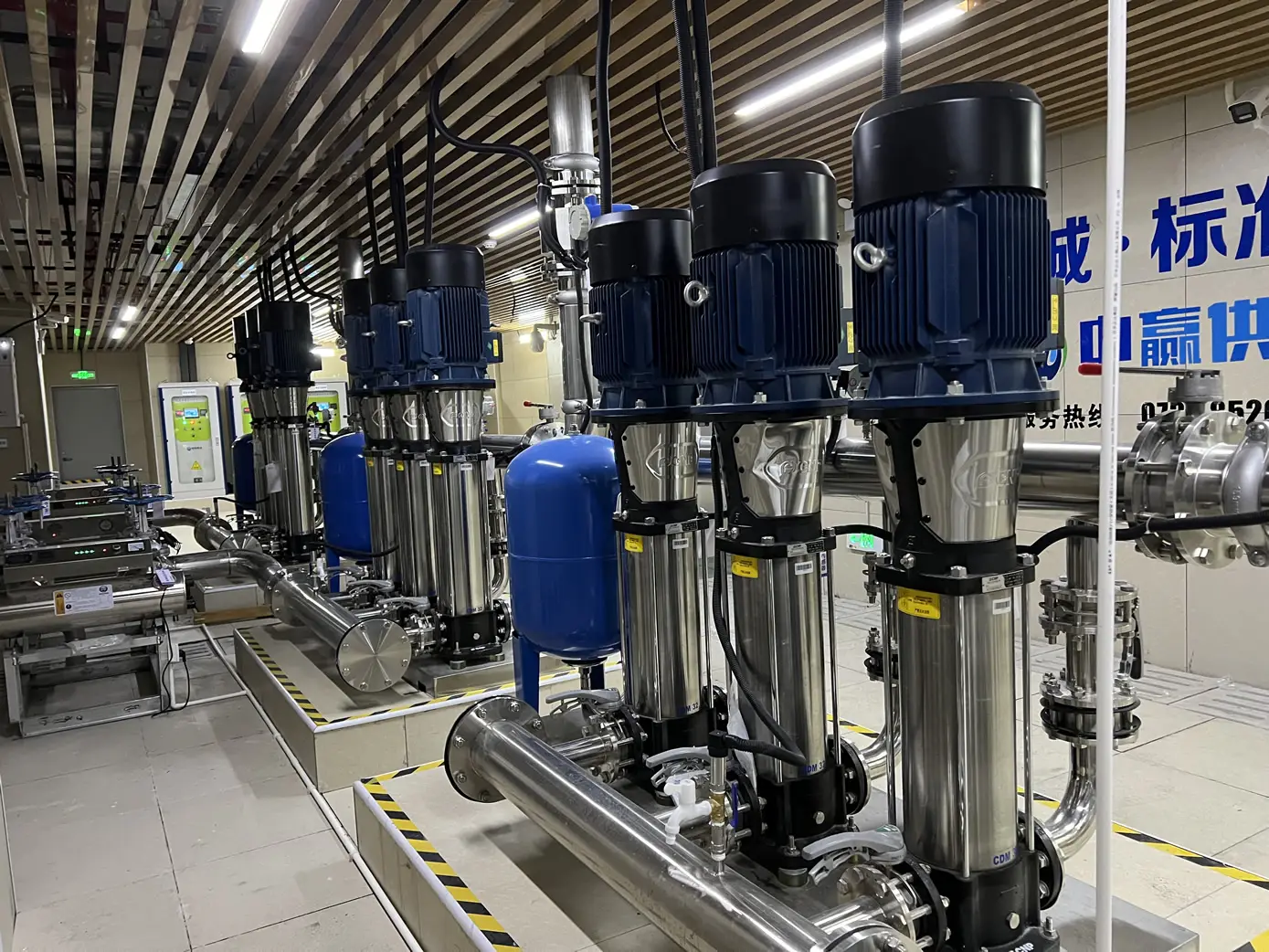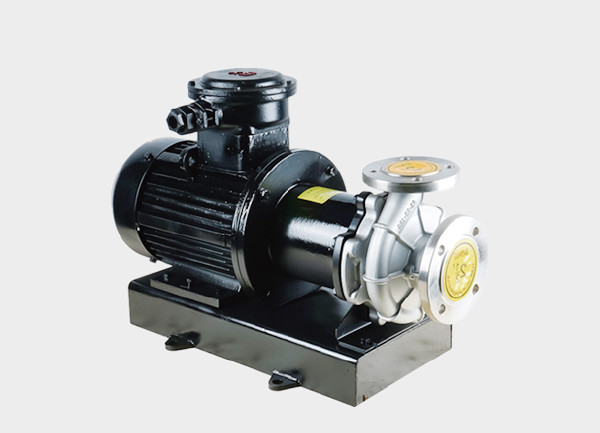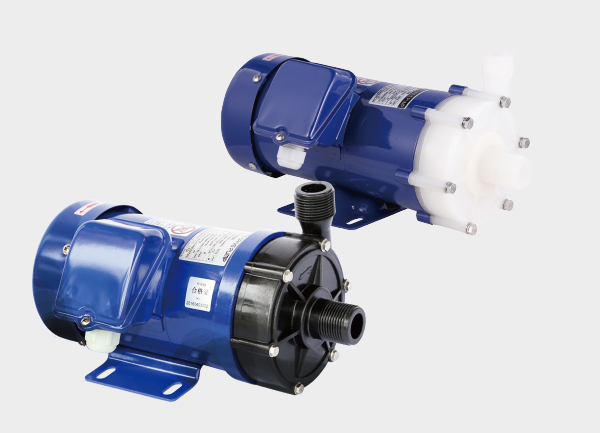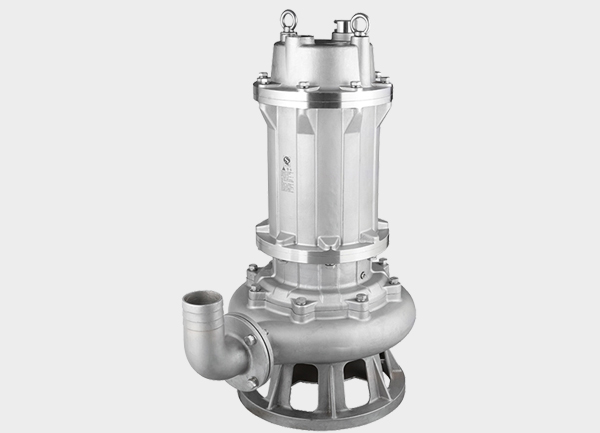The term “corrosion-resistant” is often used to describe many types of industrial pumps. However, this label can be misleading — not all corrosion-resistant pumps are interchangeable. A common misconception is that if two pumps resist corrosion, they must perform the same job. In reality, each type of corrosion-resistant pump is designed for a very specific purpose.
Let’s break down the key differences between corrosion-resistant submersible pumps, sewage pumps, and chemical pumps — and understand the design logic behind each.

🧩 1. The Foundation: General Corrosion-Resistant Pumps
These are the most basic form of corrosion-resistant equipment. They are typically made of stainless steel or engineering plastics and designed for lightly corrosive liquids. Their structure is standard, without special sealing or solid-handling features.
Typical use: Circulating or transferring slightly corrosive clean water or process fluids.
🌊 2. Corrosion-Resistant Submersible Pumps
Submersible pumps are built to operate completely underwater. Both the pump and motor are enclosed within a sealed housing to prevent liquid ingress. In corrosion-resistant versions, materials like stainless steel or engineering plastics protect against aggressive liquids.
Core feature: Fully sealed motor with dual protection layers.
Typical use: Draining underground tanks, pits, rainwater, or corrosive liquids in construction and wastewater collection.
🌀 3. Corrosion-Resistant Sewage Pumps
These pumps are designed to handle liquids with suspended solids. They use non-clogging impellers, such as vortex or cutter types, that allow solids to pass through freely. Corrosion-resistant models combine these designs with materials like duplex steel or coated iron to endure chemical attack.
Core feature: Wide flow channels and anti-clog impeller structure.
Typical use: Chemical plants, textile factories, and wastewater systems where corrosive and solid-laden fluids are discharged.
💧 4. Corrosion-Resistant Wastewater Pumps
While similar to sewage pumps, these are built to manage complex and variable wastewater compositions — often mixtures of acids, alkalis, and organic residues. They are optimized for material compatibility rather than solid handling alone.
Core feature: Multi-material construction to handle a wide range of chemicals.
Typical use: Industrial wastewater treatment plants and chemical discharge systems.
⚗️ 5. Corrosion-Resistant Chemical Pumps
Chemical pumps represent the highest safety and purity standards in fluid transfer. They often feature magnetic drive (sealless) technology to achieve zero leakage, crucial for handling toxic, volatile, or high-purity chemicals. Materials such as PTFE (Teflon), PVDF, or Hastelloy are used for superior resistance.
Core feature: Leak-free magnetic coupling and chemically inert materials.
Typical use: Transferring high-purity acids, solvents, or hazardous reagents in chemical processing and semiconductor industries.
🔍 Deep Insights: Why They’re Not the Same
Structural Purpose –
Submersible pumps are built for underwater operation.
Sewage pumps prioritize solid-passing capacity.
Chemical pumps sacrifice efficiency for absolute leak protection.
Design Mission –
Sewage and wastewater pumps battle clogging and multi-phase fluids.
Chemical pumps focus on preventing leaks and contamination.
Submersible pumps solve the challenge of submerged extraction.
Material Hierarchy –
From standard 304 stainless steel to Hastelloy, PVDF, and PTFE, each upgrade level corresponds to higher corrosion resistance and stricter purity requirements.
✅ Key Takeaway
“Corrosion-resistant” is just the starting point. The real selection criteria depend on:
The nature of the medium (contains solids? toxic? volatile?)
The operating condition (submersible? continuous flow? temperature?)
The safety or purity requirement (industrial discharge vs. chemical precision).
Understanding these distinctions ensures proper pump selection — improving system reliability, process safety, and long-term operational efficiency.







